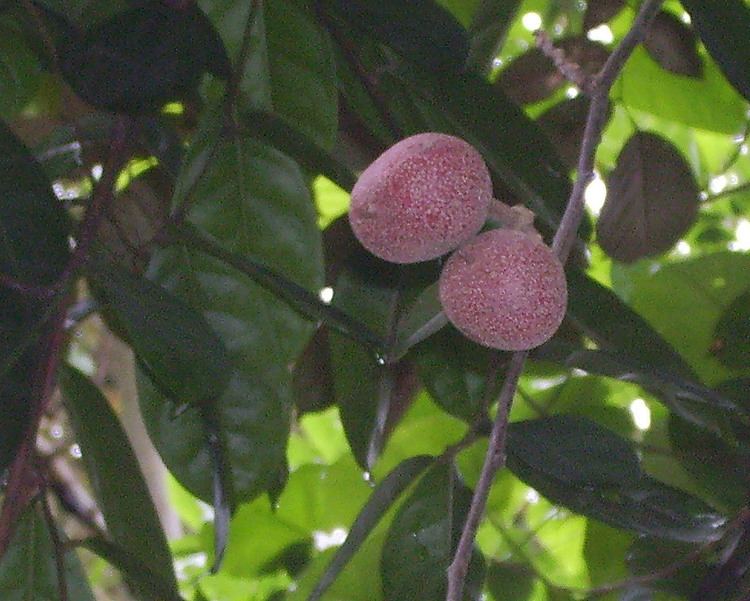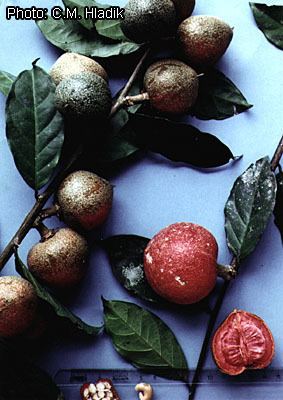Genus Pentadiplandra Higher classification Pentadiplandra | Scientific name Pentadiplandra brazzeana Rank Species | |
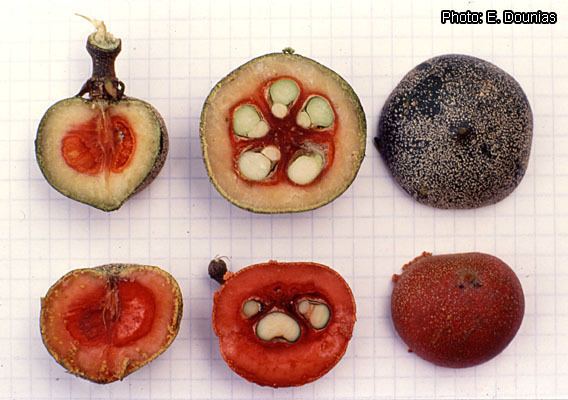 | ||
Family PentadiplandraceaeHutch. & Dalziel Similar Tovaria, Thaumatococcus daniellii, Emblingia, Brassicales, Dioscoreophyllum volkensii | ||
Pentadiplandra brazzeana is the sole species in the plant genus Pentadiplandra, which is placed alone in family Pentadiplandraceae. It is a plant of West Africa.
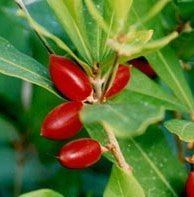
The plant was rediscovered in 1985 by Marcel and Anette Hladik, both working at the Paris National Nature Museum, who were studying the eating habits of apes in Gabon.
They published their findings in science magazines, which started global interest in research on the sweet secret of Pentadiplandra brazzeana berry fruit. The plant grows in Angola, the Democratic Republic of the Congo, the Central African Republic, the Republic of the Congo, Cameroon, Gabon and Nigeria.
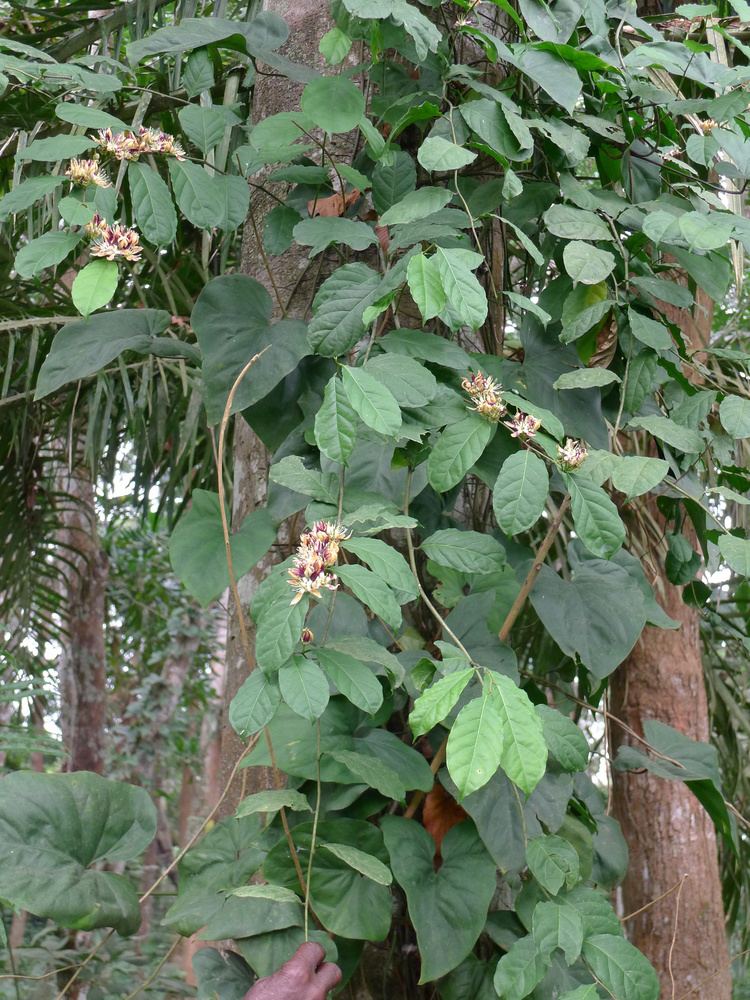
Two highly sweet-tasting proteins were discovered from the fruit, pentadin (in 1989) and brazzein (in 1994). Brazzein is 2000 times as sweet as sugar, and has low calorific value.
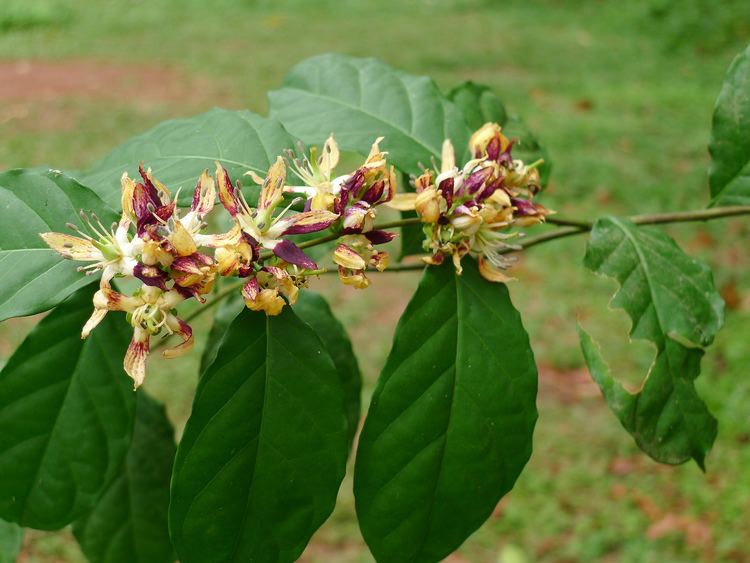
Traditional use
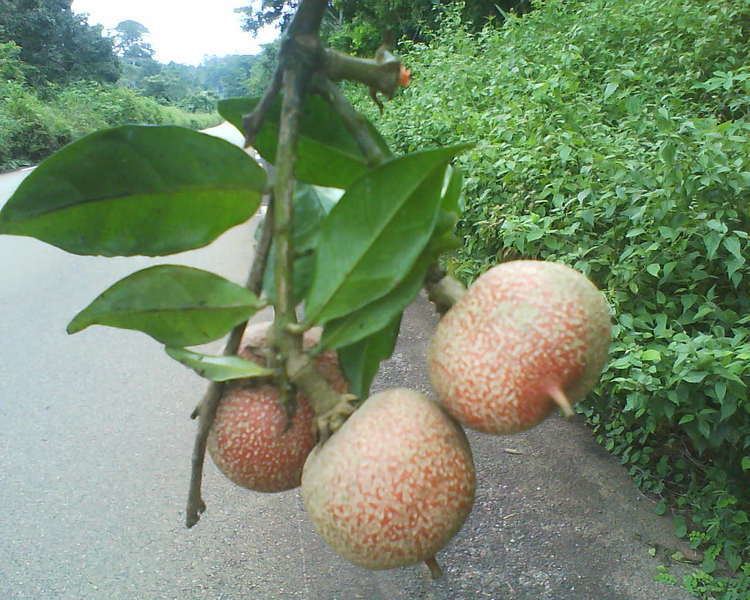
The plant grows in Gabon and Cameroon, where the fruit has been consumed by the apes and the natives for a long time. The berries of the plant were incredibly sweet African locals call them "Oubli" (French for "forgot") in their vernacular language because their taste helps nursing infants forget their mother's milk as once they eat it they forget to come back to the village to see their mother.
